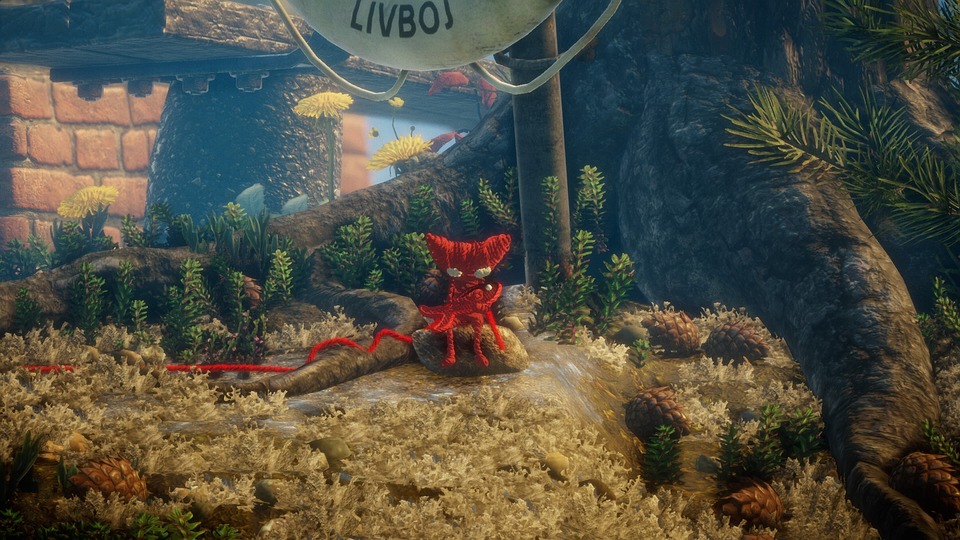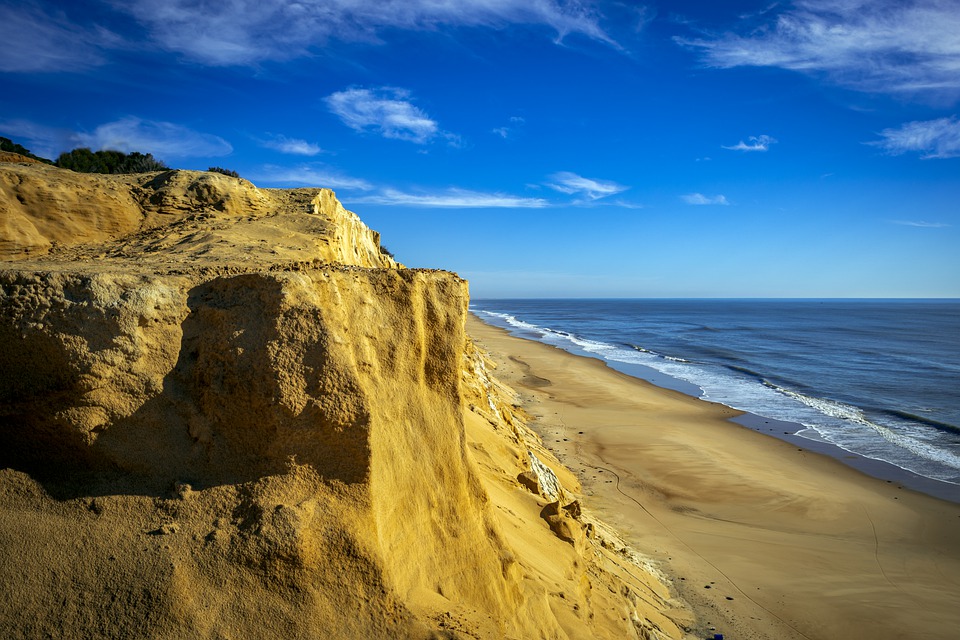Unraveling the Mystery of Twin Volcanoes: What Makes Them So Unique?
In the vast and awe-inspiring landscape of our planet, there exist natural wonders that defy explanation and leave us in awe. One such phenomenon is the twin volcano, a phenomenon where two volcanoes grow side by side, often resembling a pair of sentinels standing guard over the earth. But what makes these doublets so special, and what can we learn from them? In this article, we’ll delve into the world of twin volcanoes, exploring their unique characteristics, formation processes, and the fascinating science behind them.
What is a Twin Volcano?
A twin volcano, also known as a volcanological "twinned volcano" or "composite volcano pair," refers to two or more volcanoes that have grown simultaneously, often as a result of tectonic activity, mantle plumes, or other geological processes. These volcanoes can be either symmetrical, asymmetrical, or even mirror each other in shape. The twin volcano phenomenon can be found on all continents, with notable examples in Hawaii, Japan, and Italy.
Unique Characteristics
So, what sets twin volcanoes apart from their solo counterparts? Here are a few fascinating characteristics that make them stand out:
- Dual Activity: Twin volcanoes exhibit dual activity, with each volcano experiencing its own unique volcanic processes, such as eruptions, ash emissions, and lava flows. This dual activity can lead to a richer and more diverse geological record, offering valuable insights into volcanic processes.
- Asymmetry: Twin volcanoes often display asymmetrical shapes, with one volcano being more dominant or larger than the other. This asymmetry can be attributed to differences in magma supply, pressure, or tectonic forces.
- Shared Magma Chamber: Many twin volcanoes are thought to share a common magma chamber, where molten rock from the Earth’s mantle rises and accumulates before being released through the volcanoes’ vents.
- Timing and Co-Eruption: Twin volcanoes can exhibit synchronized activity, with eruptions occurring simultaneously or closely in time. This co-eruption can be a result of the shared magma chamber or other geological processes.
Formation and Evolution
So, how do twin volcanoes form and evolve? The process is still not fully understood, but scientists propose several theories:
- Tectonic Forces: Tectonic activity, such as subduction or continental rifting, can lead to the formation of a magma chamber that drives the growth of two volcanoes.
- Mantle Plumes: Mantle plumes, thought to be the source of hotspots like Hawaii, can generate multiple volcanic centers as the plume rises through the Earth’s crust.
- Volcanic Arc Formation: The formation of volcanic arcs, such as those found near subduction zones, can lead to the creation of twin volcanoes as magma is released and accumulated.
Implications for Geology and Climate
The study of twin volcanoes has far-reaching implications for our understanding of geological and climate processes:
- Volcanic Activity: The dual activity of twin volcanoes provides valuable insights into volcanic processes and the potential for future eruptions.
- Magma Dynamics: The shared magma chamber and dual activity of twin volcanoes can help scientists understand the dynamics of magma movement and the relationships between volcanic activity and tectonic processes.
- Climate Impact: Twin volcanoes can affect global climate patterns through the release of volcanic gases and aerosols, influencing global temperature and atmospheric circulation.
Image:
Twin Volcanoes of Santiaguito, Guatemala (Credit: NASA/USGS Landsat 8)
[Image caption: The twin volcanoes of Santiaguito, located in Guatemala, offer a striking example of twin volcanism. The larger, more symmetrical volcano on the left is known as Santiago, while the smaller, more asymmetrical volcano on the right is known as San Pedro.]
FAQs:
Q: Are twin volcanoes unique to certain regions or continents?
A: No, twin volcanoes can be found on all continents, with notable examples in Hawaii, Japan, and Italy.
Q: Can twin volcanoes be found in any type of tectonic setting?
A: Yes, twin volcanoes can be formed in various tectonic settings, including subduction zones, continental rifting, and hotspots.
Q: What are the implications of studying twin volcanoes for climate and geological processes?
A: The study of twin volcanoes provides valuable insights into volcanic processes, magma dynamics, and the relationships between tectonic activity and climate patterns.
Q: Can twin volcanoes be found on the seafloor?
A: Yes, twin volcanoes have been discovered on the seafloor, offering a new perspective on their formation and evolution.
Q: Are twin volcanoes prone to more frequent or violent eruptions than single volcanoes?
A: Research suggests that twin volcanoes may experience more frequent and intense eruptions due to the shared magma chamber and dual activity.
By exploring the world of twin volcanoes, we gain a deeper understanding of the intricate relationships between geological processes and the Earth’s surface. As we continue to study these natural wonders, we uncover new secrets and insights that shed light on the fascinating and complex world of volcanology.



